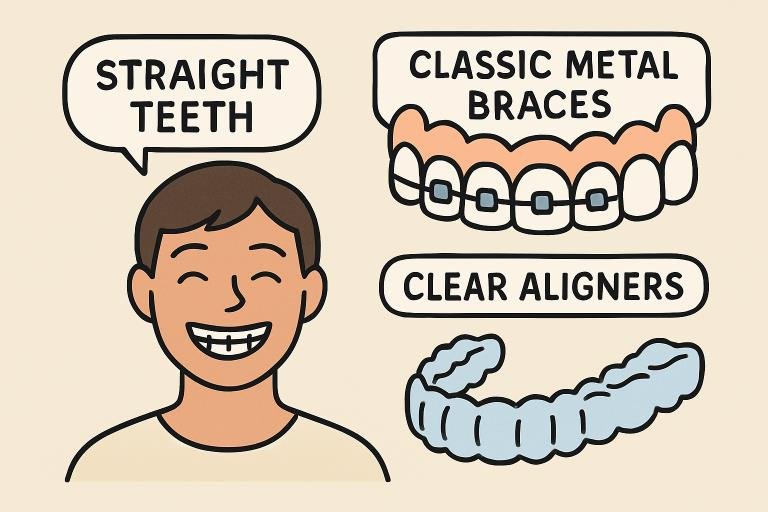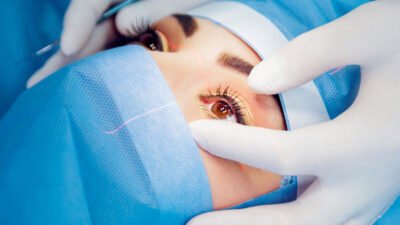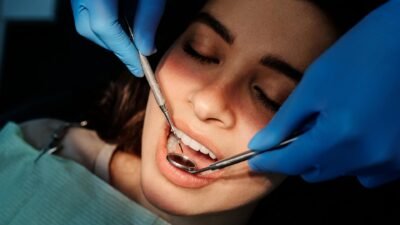Introduction
Orthodontists are highly specialized dental professionals dedicated to diagnosing, preventing, and correcting dental and facial misalignments. Their work is essential not only for creating straighter, more aesthetically pleasing smiles but also for promoting overall oral function and health. If you’re exploring ways to improve your smile and boost your confidence, an Orthodontist Orland Park can help you understand the best treatment options tailored to your needs. Orthodontic treatments are often seen as cosmetic, but their positive impact on chewing, speech, and long-term oral health is just as crucial as the visual results.
Choosing the right orthodontist is a crucial step to ensure you receive reliable, safe, and effective care. Board-certified specialists offer advanced diagnostic and treatment techniques, providing peace of mind as you embark on your orthodontic journey. Personalized care, detailed progress tracking, and professional support throughout treatment all contribute to successful outcomes and long-lasting results.
Key Responsibilities of an Orthodontist
- Diagnosis and Treatment Planning: Orthodontists conduct comprehensive examinations to identify misalignments in teeth and jaws, using tools like x-rays, photographs, and digital scans to build a personalized treatment plan best suited to each patient’s needs. For more on what an orthodontist does and how they plan treatments, you can visit WebMD.
- Application of Orthodontic Appliances: Treatment might include braces, clear aligners, or other devices carefully selected for your individual situation. Braces, whether traditional or modern clear models, are positioned with expertise to deliver consistent, gentle movement of teeth to their ideal positions.
- Monitoring Progress: Orthodontists schedule regular appointments to review treatment progress, make precise adjustments, and address any concerns. These check-ups are crucial to ensuring the desired outcome and making changes as needed throughout the process.
Common Orthodontic Treatments
Modern orthodontic care offers a range of methods, each designed for various goals and lifestyles:
- Traditional Braces: Composed of metal or ceramic brackets and wires, these braces move teeth gradually with precision and strength, effective for nearly every kind of misalignment.
- Clear Aligners: Custom-made, removable trays offer discreet alignment. With advances in technology, these aligners can treat many cases that were traditionally reserved for braces and are a popular choice among both adults and teens.
- Lingual Braces: Attached to the inner surfaces of teeth, lingual braces are virtually invisible from the outside and are suitable for patients who seek the benefits of braces with less impact on appearance.
Benefits of Orthodontic Treatment
Enhancing your smile with orthodontic care brings with it a host of medical and psychological benefits:
- Improved Oral Health: Teeth that are correctly aligned accumulate less plaque and are easier to clean, lowering the risk of cavities, gum disease, and other oral health issues. This proactive approach helps maintain strong teeth and healthy gums throughout life.
- Enhanced Functionality: For many patients, correcting bite problems relieves jaw discomfort, headaches, and difficulty with chewing. Orthodontic care improves the function of your teeth, reducing wear and preventing long-term damage.
- Boosted Self-Confidence: An even and bright smile has a profound impact on self-esteem, impacting social interactions and professional confidence alike. A beautiful smile often leads to feeling more comfortable in both everyday situations and special occasions.
When to Consult an Orthodontist
It’s wise to consult an orthodontist if you notice:
- Difficulty chewing or biting efficiently, which may be caused by misalignment.
- Speech impediments or frequent stumbling over words are often linked to teeth or jaw positioning.
- Ongoing jaw pain, clicking sounds while chewing, or locking of the jaw.
- Crowded, protruding, or misplaced teeth can impact both appearance and function.
Early intervention can address issues before they worsen, making treatment easier and often faster. Many orthodontists recommend seeing children for an initial assessment by age seven, but teenagers and adults can also benefit greatly from orthodontic evaluation at any stage of life. According to the Cleveland Clinic, orthodontic care isn’t just for kids. Assessments and treatments can enhance function, improve alignment, and promote overall oral health for patients of all ages.
Choosing the Right Orthodontist
Picking a qualified, experienced orthodontist is a crucial step. Look for board-certified professionals with proven expertise and reputable histories. Read reviews, ask for referrals, and inquire about each provider’s approach to care and communication. Comfort and trust should be at the forefront of your decision, as orthodontic treatment can take several months to years, and an ongoing relationship with your specialist is key to success.
Most importantly, ensure that the orthodontist you choose uses the latest in diagnostic and treatment tools and offers options tailored to your preferences—be it traditional braces or discreet aligners.
Conclusion
Orthodontists play an invaluable role in transforming not just the appearance of your smile but also your overall oral health and well-being. Seeking an expert’s care ensures that you’re moving toward a future of better health, comfort, and confidence. Take the first step by consulting with an experienced orthodontic professional and learn how a personalized treatment plan can give you lifelong benefits.



